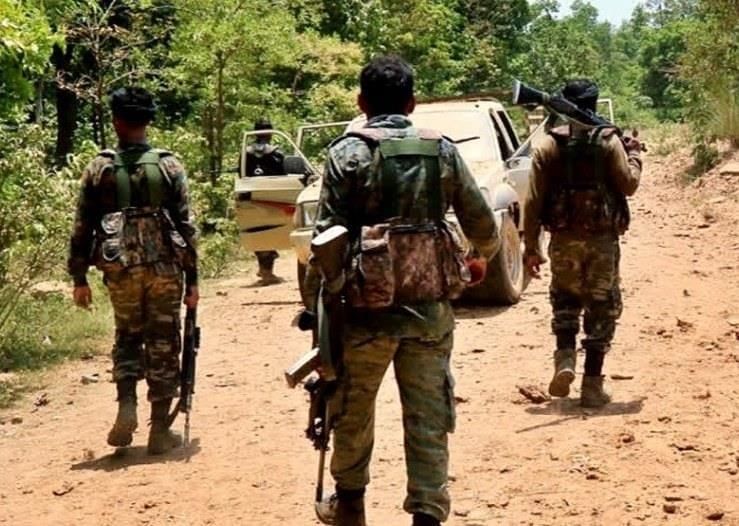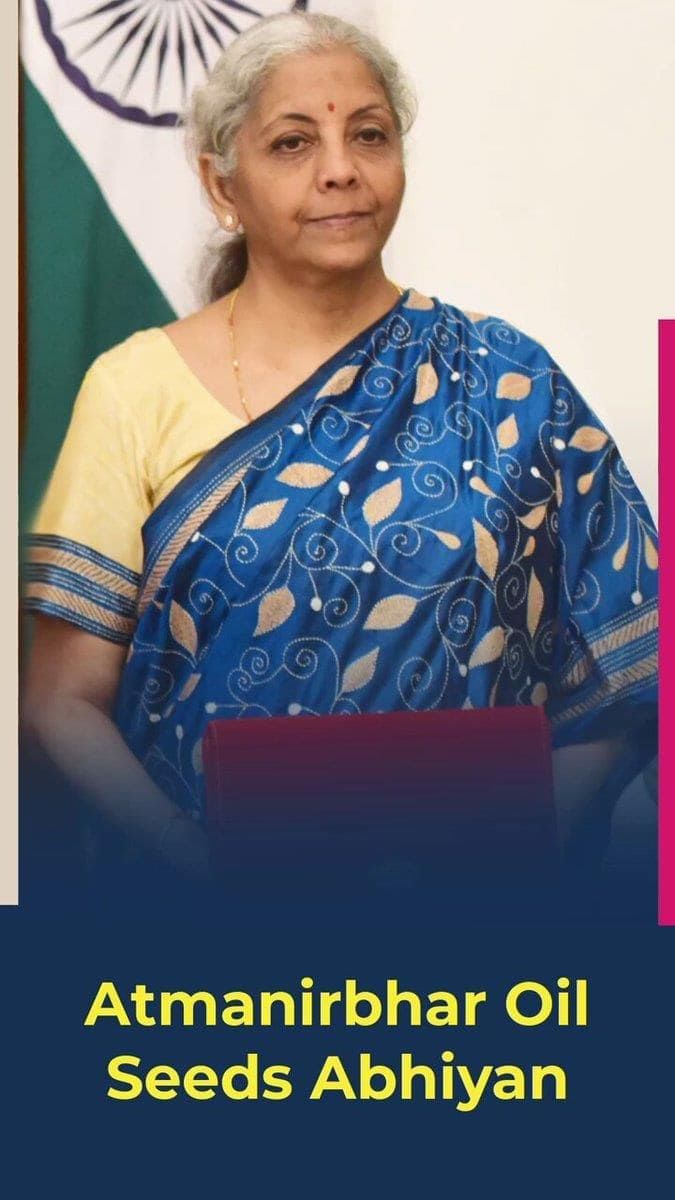PIB Summary - 30th July 2025 | PIB (Press Information Bureau) Summary - UPSC PDF Download
DECLINE IN LEFT-WING EXTREMISM

Left-Wing Extremism in India: Current Status and Government Response
Left-Wing Extremism (LWE) in India, which was once a significant internal security challenge, has seen a remarkable decrease due to a thorough security and development strategy launched under the National Policy and Action Plan in 2015.
- Decline in LWE Violence: There has been over an 80% reduction in incidents of LWE violence, and the number of districts affected by LWE has decreased from 126 in 2013 to just 18 in 2025.
- Coordinated Efforts: The success in reducing LWE violence is attributed to the coordinated efforts between the Central and State governments.
Policy and Strategic Framework
The National Policy and Action Plan (2015) provides a multi-faceted approach that includes security, development, and the protection of community rights to combat LWE effectively.
Although law and order are primarily the responsibility of the States as per the Seventh Schedule of the Constitution, the Central government plays a crucial role in supporting and supplementing the efforts of the State governments.
The strategy focuses on several key areas:
- Reinforcing Security: Enhancing security measures to combat LWE effectively.
- Development Interventions: Implementing development programs to address the root causes of extremism.
- Community Engagement and Entitlements: Involving communities in the development process and ensuring their rights and entitlements are protected.
Security Measures
- Security Related Expenditure (SRE) Scheme (2014–2025):. total of ₹3,357 crore has been released under this scheme, with ₹830.75 crore allocated to Jharkhand alone. The funds cover operational costs, ex-gratia payments, and rehabilitation of surrendered cadres.
- Special Infrastructure Scheme (SIS): Works worth ₹1,740 crore have been sanctioned under this scheme, with ₹439.45 crore allocated to Jharkhand. The funds are used for strengthening State Intelligence Branches, Special Forces, District Police, and 71 Fortified Police Stations (FPS).
Security Outcomes
- LWE-related violence incidents have decreased by 81% since 2010.
- Civilian and security force deaths due to LWE have declined by 85% till 2024.
- The number of LWE-affected districts has reduced from 126 in 2013 to 18 in 2025.
Infrastructure Development
- Road Connectivity:
- Sanctioned: 17,589 km (with 3,168 km in Jharkhand)
- Constructed: 14,902 km (with 2,925 km in Jharkhand)
- Telecom Connectivity: Towers planned: 10,644 (with 1,755 in Jharkhand)
- Towers commissioned: 8,640 (with 1,589 in Jharkhand)
Skill Development and Education
- Industrial Training Institutes (ITIs): 48 approved, 46 functional (with 16 functional ITIs in Jharkhand)
- Skill Development Centres (SDCs): 61 approved, 49 functional (with 20 operational SDCs in Jharkhand)
- Eklavya Model Residential Schools (EMRS): 258 sanctioned, 179 functional (with 47 operational schools in Jharkhand)
Financial Inclusion
- Post Offices with Banking Services: 5,899 total (with 1,240 in Jharkhand)
- Bank Branches in LWE districts: 1,007 total (with 349 in Jharkhand)
- ATMs installed: 937 total (with 352 in Jharkhand)
Special Central Assistance (SCA)
- Since 2017, a total of ₹3,769 crore has been released under the SCA scheme, with ₹1,439.33 crore allocated to Jharkhand. The purpose of this assistance is to bridge critical infrastructure gaps in the most LWE-affected districts.
Surrender and Rehabilitation Initiatives
- The Central government supports State policies for rehabilitation by reimbursing rehabilitation costs and providing grants for surrender.
- Grants for surrender include ₹5 lakh for senior LWE cadres and ₹2.5 lakh for lower cadres, along with incentives for weapon surrender. Vocational training support of ₹10,000 per month for three years is also provided.
Data from Jharkhand (Jan 2024 – Jul 15, 2025):
- Violent incidents: 103
- LWE cadres neutralized: 25
- Arrested: 276
- Surrendered: 32
Decline in Jharkhand
- Violent incidents have significantly decreased from 742 in 2009 to 69 in 2024, indicating a 92% decline.
- LWE-affected districts in Jharkhand have reduced from 21 in 2013 to just 2 in 2025. Additionally, 7 districts have been categorized as “Legacy & Thrust” districts, requiring ongoing attention.
Impact and Conclusion
- There has been a sharp contraction in both the violence and geographic spread of LWE, with a sustained decline in the number of affected districts and incidents.
- Comprehensive state-building measures, including security, connectivity, education, skill-building, and inclusion, have created a conducive environment for governance and growth.
- The model implemented in Jharkhand, characterized by a significant reduction in violence and substantial developmental investments, serves as a valuable case study for counterinsurgency-led development.
- The collaborative framework between the Centre and States has proven effective in neutralizing extremism while strengthening institutions and uplifting vulnerable populations.
ATMANIRBHAR OIL SEEDS ABHIYAN

National Mission on Edible Oils – Oil Palm (NMEO-OP)
The National Mission on Edible Oils – Oil Palm (NMEO-OP) aims to enhance the production of palm oil in India, thereby reducing dependence on imports and promoting self-reliance in edible oil production. The mission focuses on increasing the area under oil palm cultivation, improving yield through better planting material and management practices, and ensuring the establishment of necessary infrastructure for processing and marketing palm oil.
The initiative is part of the broader effort to boost domestic production of edible oils, which is crucial given that India is one of the largest consumers of edible oils globally and relies heavily on imports to meet its demand. By promoting oil palm cultivation, the government aims to tap into the potential of this high-yielding crop, which can significantly contribute to the domestic supply of edible oils.
Introduction
- Objectives: To achieve self-reliance in edible oil production by increasing domestic oilseed production and processing efficiency.
- Targeted Crops: Focus on primary oilseed crops and secondary sources such as tree-borne oilseeds, rice bran, and cottonseed.
Targeted Oilseed Crops
Primary Oilseed Crops:. major crops including: Groundnut, Soybean, Mustard, Sunflower, Sesame, Safflower, Niger, Linseed, and Castor.
Secondary Sources: Cottonseed, Coconut, Rice Bran, and Tree-Borne Oilseeds (TBOs).
Research and Innovation (ICAR Initiatives)
- All India Coordinated Research Projects (AICRPs):. projects focused on developing high-yielding varieties suitable for specific locations.
- Flagship Projects:. major initiatives aimed at developing hybrid varieties and using gene editing technologies to create climate-resilient oilseed varieties.
- High-Yielding Varieties (HYVs) Released:. total of 432 new high-yielding varieties have been released across different oilseed crops to improve productivity.
- Varietal Replacement Rate (VRR) and Seed Replacement Rate (SRR): Focus on promoting new varieties through increasing VRR and SRR to enhance overall productivity.
Seed Supply Ecosystem
- Breeder Seed Production: Significant quantities of breeder seeds produced and supplied to public and private agencies for certified seed production.
- District-level Seed Hubs: Establishment of hubs to ensure the availability of quality seeds to farmers at the district level.
Cluster-Based Approach
- Value Chain Clusters: Over 600 clusters established across India covering more than 10 lakh hectares annually.
- Management: Clusters managed by Farmer Producer Organizations (FPOs), cooperatives, and private Value Chain Partners (VCPs).
- Support to Farmers: Provision of free high-quality seeds, training in Good Agricultural Practices (GAPs), weather and pest advisory services, and post-harvest infrastructure for oil extraction and recovery.
Technology Transfer and Awareness
- Demonstration Types: Various demonstration programs conducted by ICAR, KVKs, and State Agriculture Departments to showcase best practices and new technologies.
- Information, Education, and Communication (IEC) Campaigns: Campaigns aimed at promoting healthy oil consumption patterns and raising awareness about the benefits of domestic oilseed production.
Insurance and Risk Management (PMFBY 2024-25)
- Coverage: Extensive insurance coverage for oilseed crops across 16 states and Union Territories during Kharif and Rabi seasons.
- Key Insured Crops: Mustard, Soybean, Groundnut, Sesame, Sunflower, Linseed, Niger, Safflower, Castor.
- Financial Security: Insurance schemes provide financial security to oilseed farmers, protecting them against crop failures and ensuring stable income.
Strategic Importance
- Import Dependence: India currently imports over 60% of its edible oil needs, with a significant import bill.
- Reduction of Import Dependence: NMEO-OS aims to reduce reliance on imports, ensure price stability, and promote nutritional security.
Challenges to Address
- Low Productivity: Addressing the low productivity of oilseeds in India compared to global averages.
- Supply Chain Fragmentation: Improving fragmented supply chains and enhancing oil recovery rates.
- Climate Vulnerability: Mitigating the impacts of climate vulnerability on oilseed yield stability.
- Infrastructure Improvement: Developing better infrastructure for processing and storage of oilseeds.
Way Forward
- Private Sector Participation: Encouraging greater involvement of the private sector in seed production and processing.
- Investment in Cold-Pressed Oil Extraction: Promoting cold-pressed oil extraction methods and organic oilseed farming practices.
- Integration with Nutrition Programs: Linking oilseed promotion efforts with nutrition-focused programs like POSHAN Abhiyan.
- Market Linkages: Connecting value chain clusters with electronic National Agriculture Market (e-NAM) and export markets for better value realization.
FAQs on PIB Summary - 30th July 2025 - PIB (Press Information Bureau) Summary - UPSC
| 1. What are the key factors contributing to the decline in left-wing extremism? |  |
| 2. How does the Atmanirbhar Oil Seeds Abhiyan aim to boost domestic oil seed production? |  |
| 3. What impact has the decline in left-wing extremism had on rural development initiatives? |  |
| 4. What role do community development programs play in countering left-wing extremism? |  |
| 5. How does the Atmanirbhar Oil Seeds Abhiyan align with broader agricultural policies in the country? |  |
















